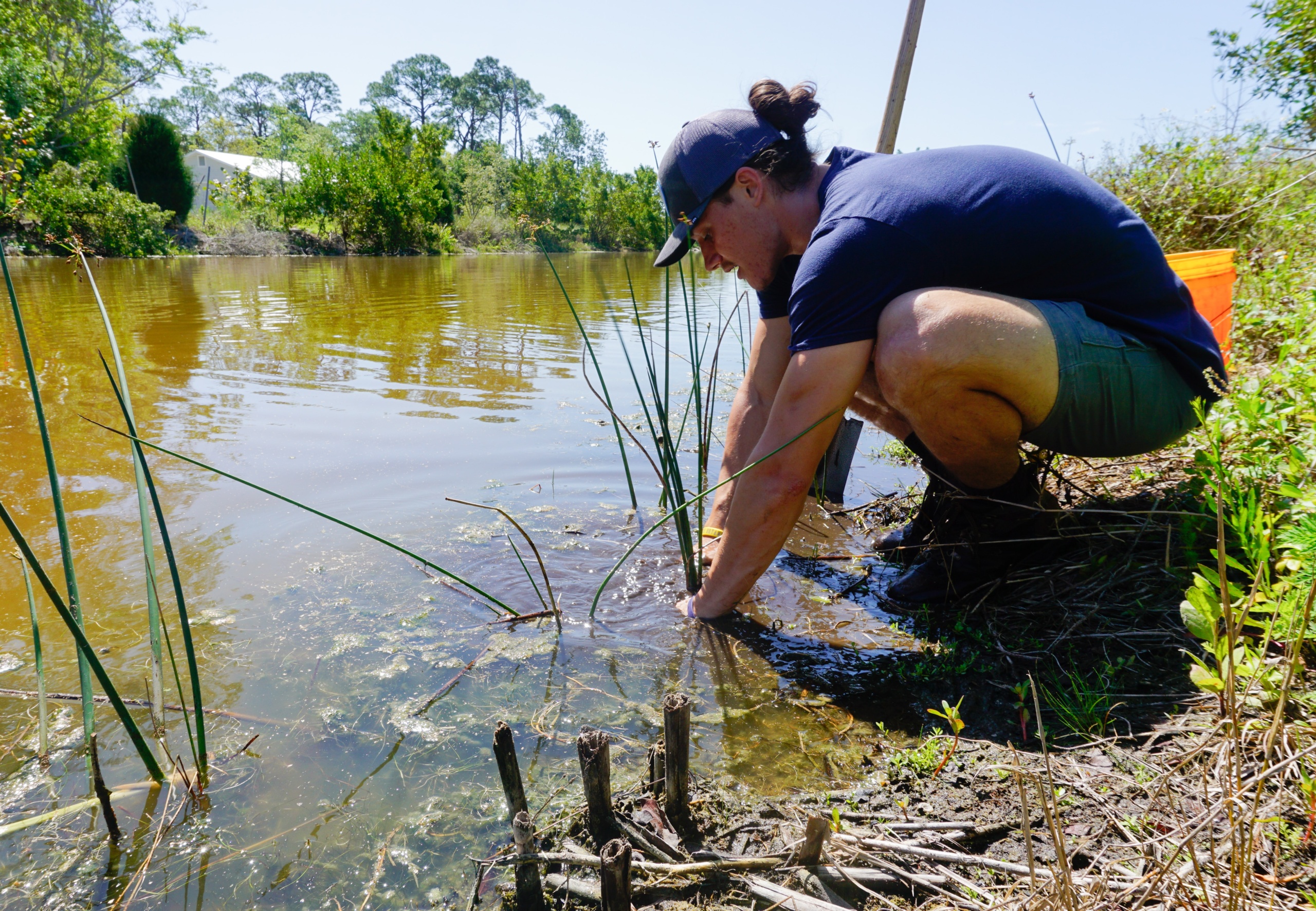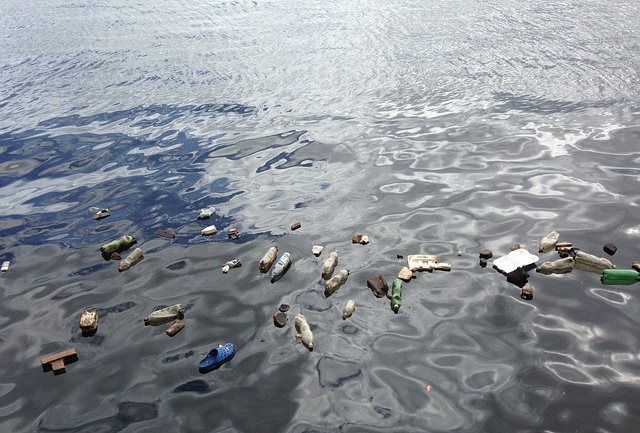By Mitriy Krause, Associate Researcher & Writer for Save The Water™ | December 2, 2022
The term water stewardship has been popping up more and more often. What exactly is it? Why is it suddenly so popular?
Water stewardship is a relationship between people and water. In this relationship, humans don’t just take water for their own use. They provide care to water systems.
Why Water Stewardship?
Whether you’re an individual or a corporation, you use water everyday. Sadly, many bodies of water face contamination by pollutants.
Water stewardship is about keeping the natural balance of water systems. Furthermore, acknowledging damage uncovers certain possibilities:
- Finding ways to restore the natural environment
- Continuing to use the water we need to survive
- Opening up more positive human-environment interaction
Regulations like the Clean Water Act prohibit corporations from polluting water too much. However, any amount of contamination is rightful cause for concern. Therefore, water stewardship goes one step further to actually give back to our water sources.
Is Water Stewardship New?
This method of caring for water isn’t new. Cultures around the world have different ways of existing with nature.
In the United States and Canada, Native Americans were the first to practice land stewardship. For example, many indigenous groups have unique ways of treasuring water. Yet, Native Americans are more likely to lack safe water access. Awareness is growing around water contamination and its risks. Consequently, people of all backgrounds are changing their mindsets.
These days, water stewardship is becoming more important for corporations, too. Consumers care about the impact their purchases have on the environment. In addition, many businesses also acknowledge the importance of sustaining water systems. After all, without clean water, neither individuals nor businesses can carry on comfortably.
What’s Changing?
Water stewardship can mean many things:
- Returning land rights to Native American tribes
- Investing in projects to expand safe water access
- Encouraging collaboration between individuals, governments, and corporations
Such practices aren’t new, but they are growing. For instance, collaboration between people, governments, and corporations is becoming more common.
Moreover, people are realizing that the way we use water today isn’t natural. Water can become polluted by industrial activities. Even outdated lead pipes can contaminate water supply. Furthermore, droughts continue to affect places in the U.S.
We benefit from a higher standard of living thanks to technology. Still, we can give back to the natural environment. Learning about stewardship and practicing it in our own lives is one way to do so.
What You Can Do to Save Water
Do you think water stewardship is for you?
- Indigenous groups believe that water is a life-sustaining force and deserves rights like other living things. Think about the ways in which water sustains your life.
- Contact your government officials or favorite companies to learn more about their water policies.
- Monitor your personal water use, or advance stewardship in your workplace.




